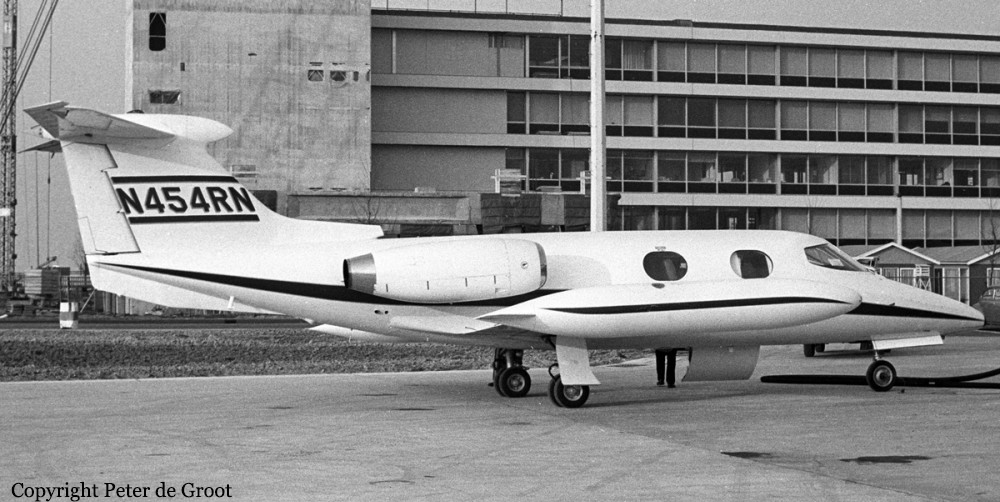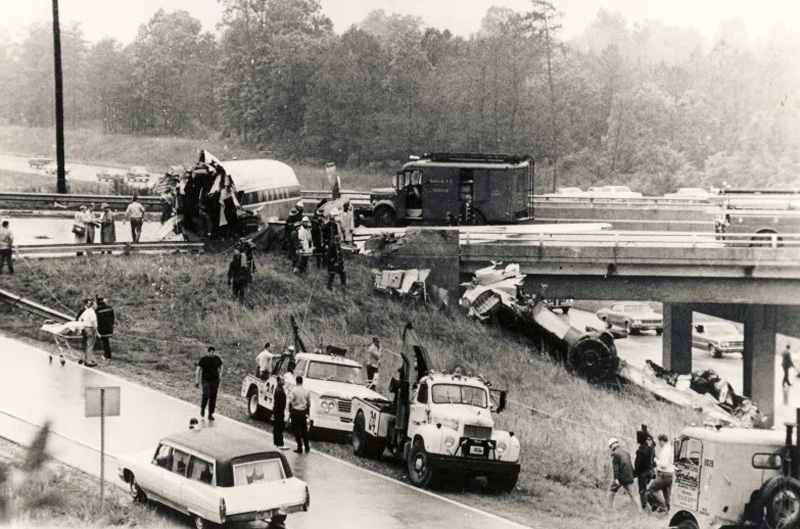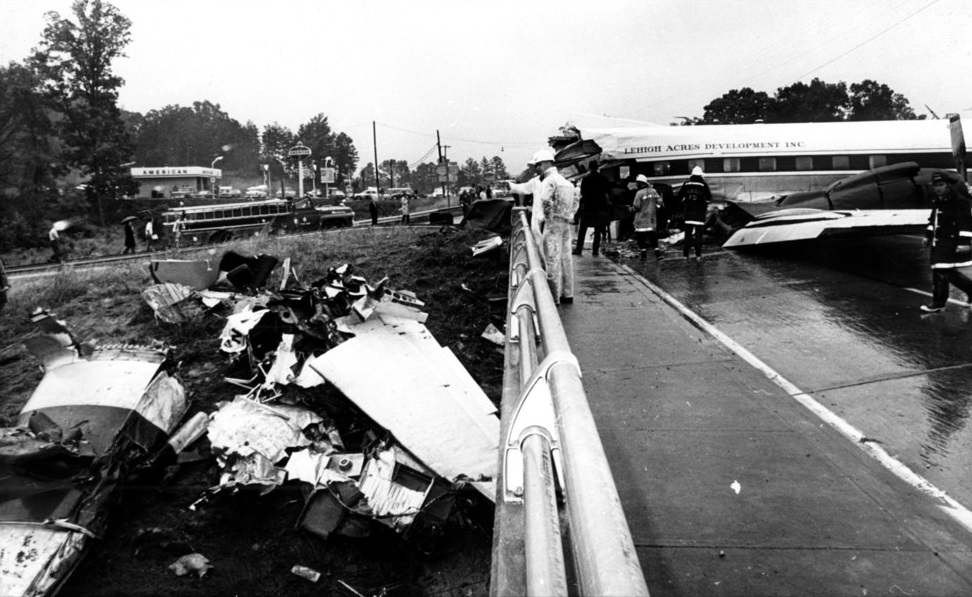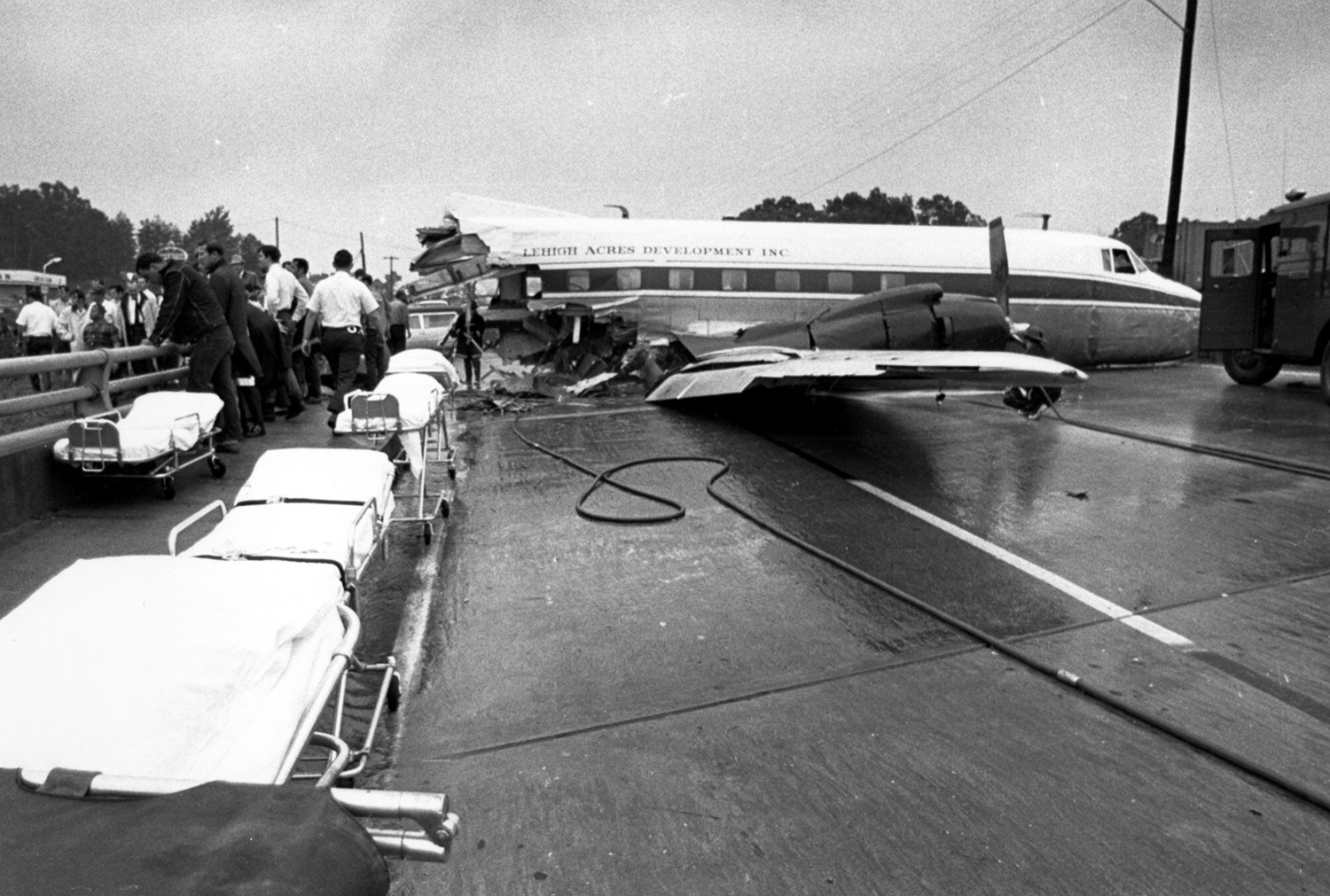Crash of a Cessna 421A Golden Eagle I in Addison: 4 killed
Date & Time:
Jul 19, 1986 at 1150 LT
Registration:
N6VR
Survivors:
No
Schedule:
Addison - Atlanta
MSN:
421A-0027
YOM:
1967
Crew on board:
1
Crew fatalities:
Pax on board:
3
Pax fatalities:
Other fatalities:
Total fatalities:
4
Aircraft flight hours:
2896
Circumstances:
Witnesses reported a normal takeoff and climb was made to an altitude of approximately 400 feet agl at which time engine power ceased/decreased. The right wing then dropped, the nose and left wing rose and the aircraft entered a near vertical descent to ground impact. Post accident examination of the engines and turbochargers failed to disclose any pre-impact failures. Examination of the prop governors disclosed an rpm setting below takeoff or climb power; however, exact rpm setting could not be determined. The pilot had recently purchased this aircraft and most of his multi-engine experience was in Beech Barons. The throttle quadrant location of the throttle and prop controls on the Baron are in the reverse position of those on the Cessna 421. The pilot also had not been check out in the Cessna 421. All four occupants were killed.
Probable cause:
Occurrence #1: loss of control - in flight
Phase of operation: takeoff - initial climb
Findings
1. (c) propeller - reduced - pilot in command
2. (c) improper transition/upgrade training - pilot in command
3. (f) lack of recent experience in type of aircraft - pilot in command
4. (c) airspeed (vs) - not maintained - pilot in command
----------
Occurrence #2: in flight collision with terrain/water
Phase of operation: descent - uncontrolled
----------
Occurrence #3: fire
Phase of operation: other
Phase of operation: takeoff - initial climb
Findings
1. (c) propeller - reduced - pilot in command
2. (c) improper transition/upgrade training - pilot in command
3. (f) lack of recent experience in type of aircraft - pilot in command
4. (c) airspeed (vs) - not maintained - pilot in command
----------
Occurrence #2: in flight collision with terrain/water
Phase of operation: descent - uncontrolled
----------
Occurrence #3: fire
Phase of operation: other
Final Report:




